Nepal, renowned for its breathtaking mountain landscapes and rich cultural heritage, is also a paradise for wildlife enthusiasts. Numerous wildlife sanctuaries in Nepal serve as vital refuges for a wide array of plant and animal species. These protected areas are more than just opportunities for thrilling wildlife sightings, such as tigers and rhinoceroses. They offer an enriching experience that immerses visitors in the extraordinary natural beauty and ecological diversity of Nepal. From lush forests to expansive grasslands, the wildlife sanctuaries in Nepal are preserving its unique biodiversity while providing unforgettable encounters with nature.
List Of Wildlife Sanctuaries In Nepal
Here’s a concise list of wildlife sanctuaries in Nepal for you to explore on your visit:
1. Chitwan National Park
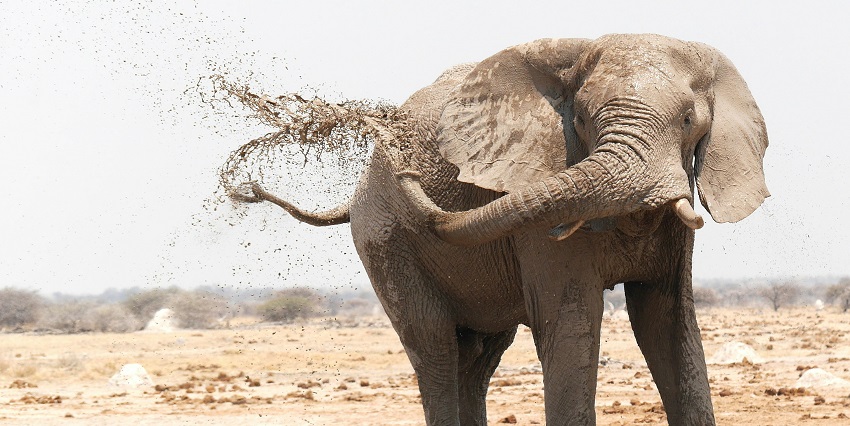
Photo: Caterina sanders / Unsplash / Image For Representation Only
Chitwan National Park is one of the top wildlife sanctuaries in Nepal and a UNESCO World Heritage Site. Located in the lowland Terai region, the park is famous for its population of Bengal tigers and one-horned rhinoceroses. Visitors can enjoy elephant safaris, jeep tours, and guided jungle walks to explore the park’s rich biodiversity. The park also boasts over 500 species of birds, making it a paradise for bird watchers. Chitwan’s dense forests and riverine landscapes provide an excellent habitat for various species, offering a thrilling and educational experience for wildlife enthusiasts.
Distance From Kathmandu: 160 km
How To Reach: Accessible by road or by a short flight to Bharatpur followed by a drive
Timings: 6 AM – 6 PM
Entry Fee: रु.2,000 / ₹1,280
Suggested Read: Jungle Safari In Nepal
2. Bardia National Park
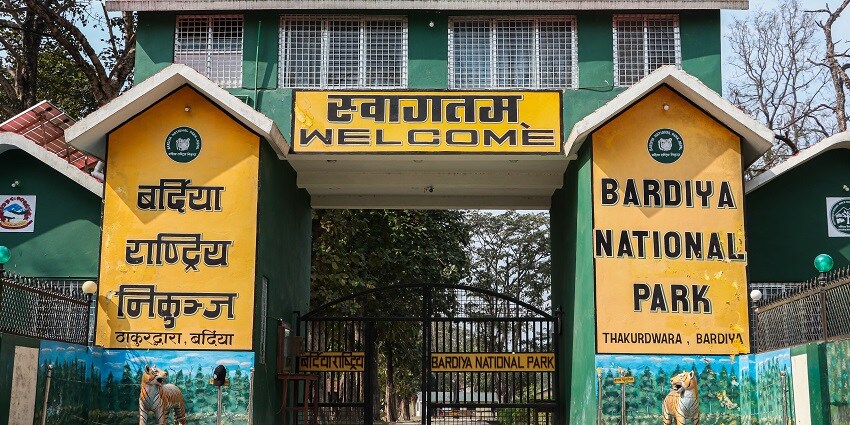
Photo: Shadow Ayush / Wikimedia Commons
Bardia National Park is the largest and most undisturbed wilderness area in Nepal’s Terai region. This sanctuary is known for its diverse ecosystems and significant populations of wildlife, including Bengal tigers, wild elephants, and the endangered Gharial crocodile. Bardia offers a more secluded and intimate wildlife experience compared to Chitwan. Visitors can embark on jeep safaris, jungle treks, and river rafting to explore the park. The Karnali River, which flows through the park, adds to its scenic beauty and offers opportunities for riverine wildlife sightings.
Distance From Kathmandu: 500 km
How To Reach: Accessible by flight to Nepalgunj followed by a 2-hour drive
Timings: 6 AM – 6 PM
Entry Fee: रु.1,500 / ₹960
3. Shuklaphanta Wildlife Reserve
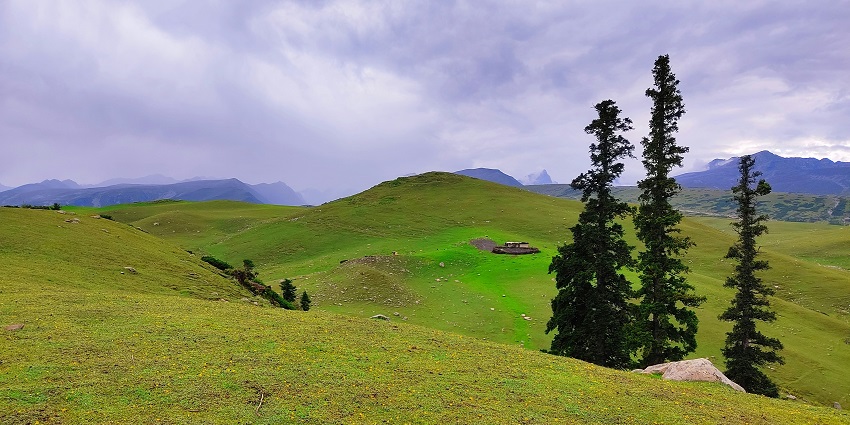
Photo: Abdul Muiz Khan / Unsplash / Image For Representation Only
Shuklaphanta Wildlife Reserve, located in the far-western region of Nepal, is known for its expansive grasslands and the largest herd of swamp deer in the country. The reserve is also home to tigers, leopards, and elephants, along with over 400 species of birds. The park’s wetlands and forests provide a diverse range of habitats, making it an excellent destination for those interested in both wildlife and bird watching. The tranquillity and less commercial nature of Shuklaphanta make it a perfect spot for those looking to experience Nepal’s wildlife away from the crowds.
Distance From Kathmandu: 650 km
How To Reach: Accessible by flight to Dhangadhi followed by a 3-hour drive
Timings: 6 AM – 6 PM
Entry Fee: रु.1,500 / ₹960
Suggested Read: Guide To Royal Chitwan National Park Nepal
4. Koshi Tappu Wildlife Reserve
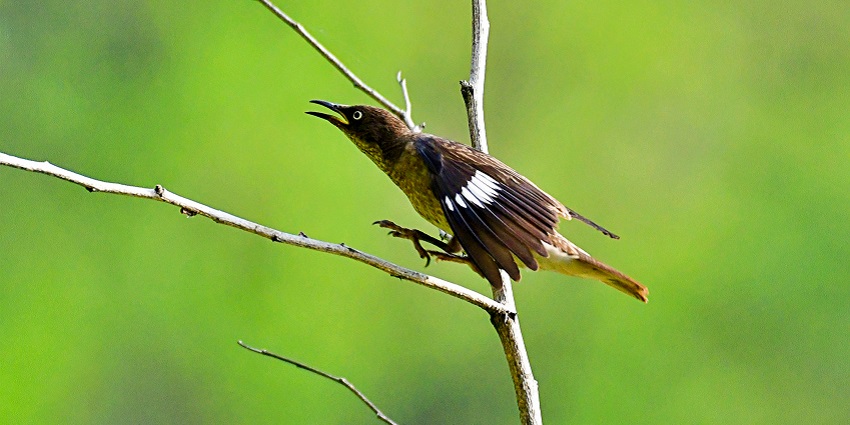
Photo: Mosharraf Hossain / Unsplash / Image For Representation Only
Koshi Tappu Wildlife Reserve is a Nepal wildlife sanctuary and bird watcher’s paradise located in the floodplains of the Sapta Koshi River in eastern Nepal. The reserve is recognized for its rich avian diversity, with over 500 species of birds recorded, including migratory birds from Siberia. Apart from birds, the reserve is home to wild buffaloes, otters, and the endangered Ganges river dolphin. The wetlands, grasslands, and riverine forests create a unique ecosystem that supports a wide variety of wildlife. Visitors can explore the reserve through guided nature walks and boat rides, making it a must-visit for nature enthusiasts.
Distance From Kathmandu: 280 km
How To Reach: Accessible by flight to Biratnagar followed by a short drive
Timings: 6 AM – 6 PM
Entry Fee: रु.1,000 / ₹640
5. Parsa Wildlife Reserve
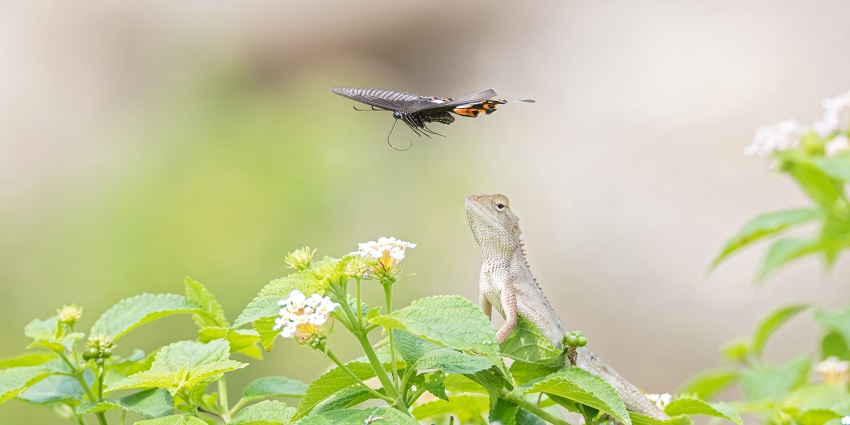
Photo: Mildeep / Wikimedia Commons / Image For Representation Only
Parsa Wildlife Reserve, located adjacent to Chitwan National Park, is one of Nepal’s less-explored sanctuaries, offering a tranquil and off-the-beaten-path experience. The reserve is home to various wildlife, including Bengal tigers, leopards, sloth bears, and over 300 species of birds. The dense forests and open grasslands create a perfect habitat for these species, providing visitors with a chance to see wildlife in a relatively undisturbed environment. The reserve’s proximity to Chitwan makes it an excellent addition to a wildlife tour of Nepal, offering a quieter alternative to the more popular parks.
Distance From Kathmandu: 135 km
How To Reach: Accessible by road (4-5 hours from Kathmandu)
Timings: 6 AM – 6 PM
Entry Fee: रु.1,500 / ₹960
Suggested Read: Top Things To Do In Nepal
6. Dhorpatan Hunting Reserve
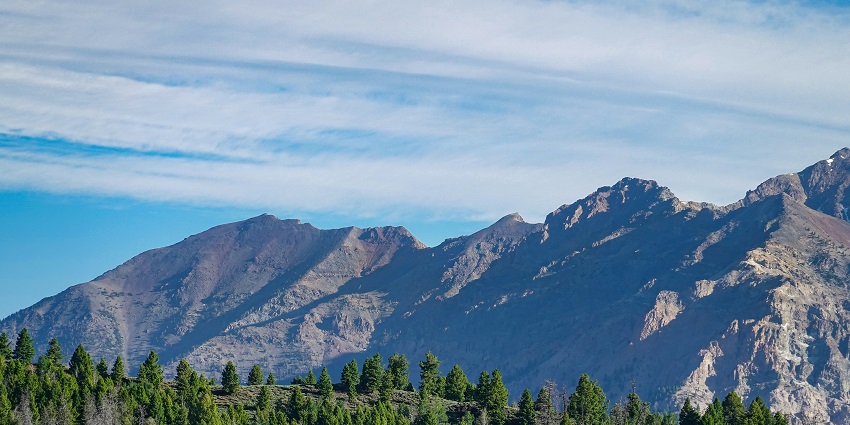
Photo: Alex Bertha / Unsplash / Image For Representation Only
Dhorpatan Hunting Reserve is the only hunting reserve in Nepal, offering a unique experience for those interested in controlled and regulated hunting. Located in the western region, the reserve is known for its diverse landscapes, ranging from lush forests to alpine meadows. It is home to various species, including the blue sheep, which is the main target for hunters, along with Himalayan tahr and musk deer. The reserve also offers opportunities for trekking and wildlife photography, providing a comprehensive experience for adventure seekers.
Distance From Kathmandu: Approximately 280 km
How To Reach: Accessible by flight to Pokhara followed by a drive to the reserve
Timings: 6 AM – 6 PM
Entry Fee: Varies
7. Langtang National Park
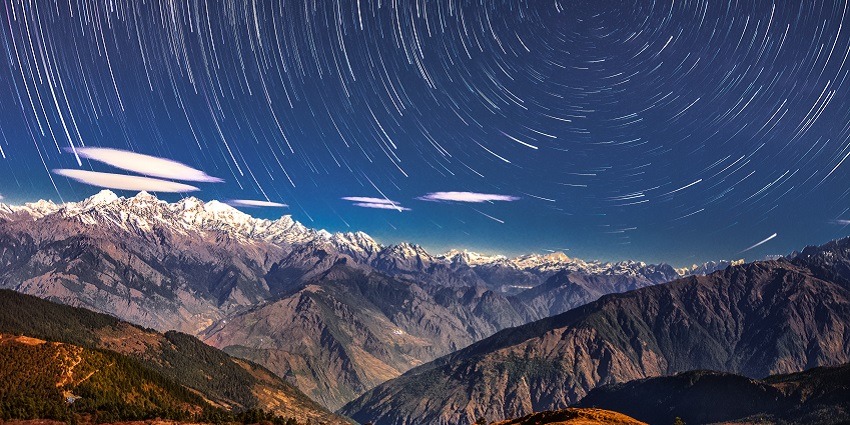
Photo: Q-lieb-in / Wikimedia Commons
Langtang National Park is the best wildlife sanctuary in Nepal, known for its breathtaking landscapes and rich biodiversity. The park is home to the endangered red panda, Himalayan black bear, and various species of deer. The park’s diverse ecosystems range from subtropical forests to alpine meadows, providing a habitat for a wide variety of flora and fauna. Trekking is the main activity in Langtang, with trails offering spectacular views of snow-capped peaks, glaciers, and lush valleys. The park’s proximity to Kathmandu makes it an accessible destination for those looking to experience Nepal’s natural beauty.
Distance From Kathmandu: 51 km
How To Reach: Accessible by road (2-3 hours from Kathmandu)
Timings: 6 AM – 6 PM
Entry Fee: रु.3,000 / ₹1,920
Suggested Read: Top Places To Visit In Nepal
8. Makalu Barun National Park
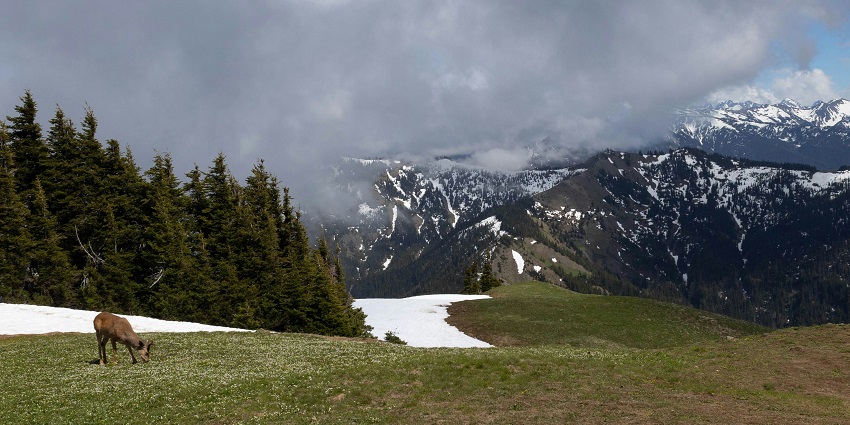
Photo: Leslie Cross / Unsplash / Image For Representation Only
Makalu Barun National Park is an untouched wilderness located in the eastern region of Nepal, offering one of the most diverse ecosystems in the country. The park is named after Mount Makalu, the world’s fifth-highest peak, and is known for its stunning landscapes, including snow-capped mountains, deep gorges, and dense forests. The park hosts a range of rare species, including the red panda, snow leopard, and Himalayan black bear. Trekking in Makalu Barun offers a challenging yet rewarding experience, with trails passing through some of the most remote and pristine areas of Nepal.
Distance From Kathmandu: 435 km
How To Reach: Accessible by flight to Tumlingtar followed by a trek
Timings: 6 AM – 6 PM
Entry Fee: रु.3,000 / ₹1,920
9. Rara National Park
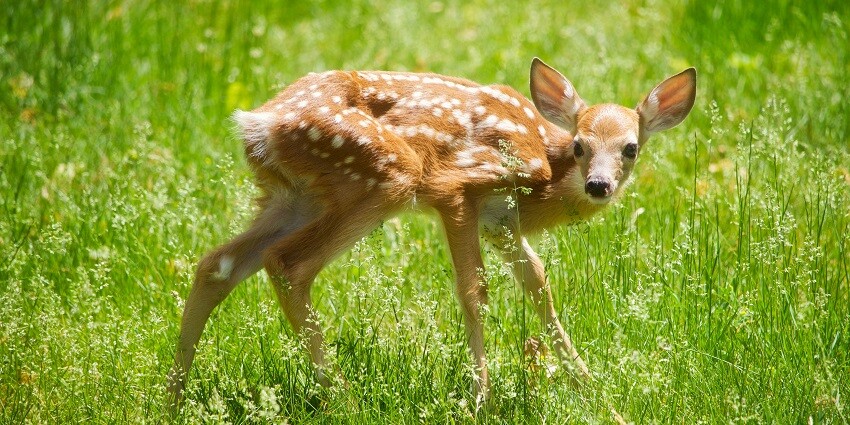
Photo: Julie Marsh / Unsplash / Image For Representation Only
Rara National Park, located in the remote northwestern region of Nepal, is home to Rara Lake, the country’s largest and most pristine lake. The park is known for its tranquil beauty and rich biodiversity, including species such as the red panda, Himalayan black bear, and musk deer. The park’s alpine meadows and forests offer a serene environment for wildlife viewing and trekking. Rara National Park is a perfect destination for those looking to escape the crowds and immerse themselves in the untouched natural beauty of Nepal.
Distance From Kathmandu: 370 km
How To Reach: Accessible by flight to Nepalgunj followed by a flight to Talcha and a short trek
Timings: 6 AM – 6 PM
Entry Fee: रु.3,000 / ₹1,920
Suggested Read: Adventure Sports In Nepal For Every Adrenaline Junkie
10. Sagarmatha National Park
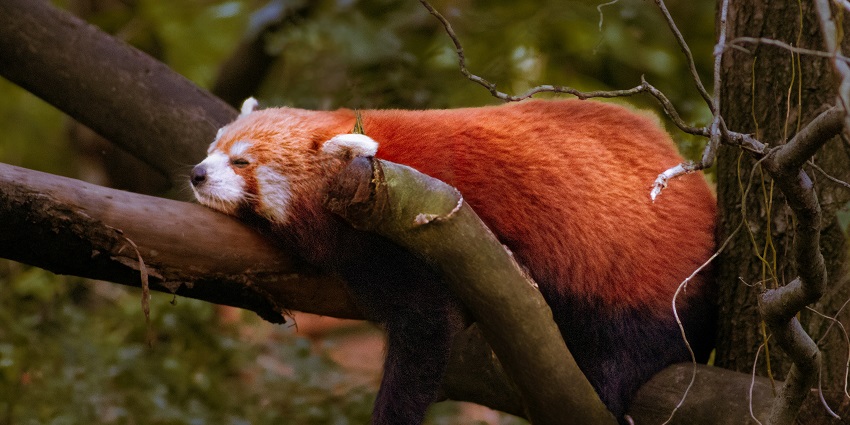
Photo: Evija Martina / Unsplash / Image For Representation Only
Sagarmatha National Park, a UNESCO World Heritage Site, is home to Mount Everest, the world’s highest peak. The park is located in the Solu-Khumbu region and is one of the best wildlife sanctuaries in Nepal. It is known for its dramatic landscapes, including towering peaks, glaciers, and deep valleys. The park is rich in biodiversity, with species such as the snow leopard, red panda, and Himalayan tahr. Trekking in Sagarmatha National Park is a once-in-a-lifetime experience, offering stunning views of Everest and the surrounding peaks. The park is also home to the Sherpa people, providing unique cultural knowledge along with the natural beauty.
Distance From Kathmandu: 135 km
How To Reach: Accessible by flight to Lukla followed by a trek
Timings: 6 AM – 6 PM
Entry Fee: रु.3,000 / ₹1,920
Whether you’re a seasoned trekker, a wildlife enthusiast, or simply someone looking to experience the untouched beauty of nature, these wildlife sanctuaries in Nepal offer something for everyone. From the majestic tigers of Chitwan to the serene landscapes of Rara National Park, each sanctuary provides a unique glimpse into Nepal’s rich biodiversity. So, explore these incredible wildlife sanctuaries and create unforgettable memories in Nepal by booking your trip with TripXL.
Cover Photo: Gwen Weustink / Unsplash / Image For Representation Only


 WhatsApp
WhatsApp
 Twitter
Twitter









